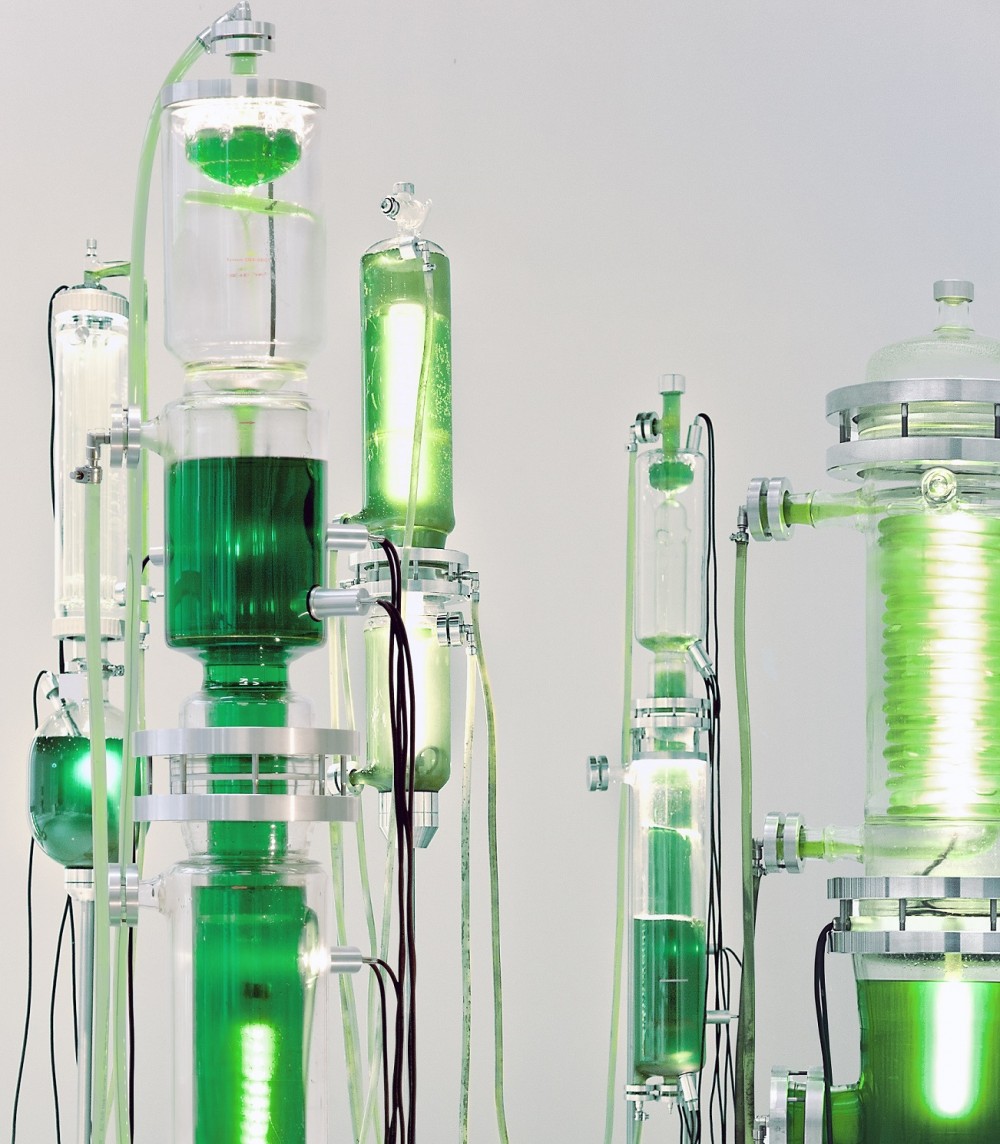Elixir of Life
Fertilizer between magic power and explosive
26.10.2023 – 07.04.2024
Fertilizers have a bad reputation: they stink and pollute the environment. But we can't do without them either. Without fertilizers, half the world's population would simply have nothing to eat. Reason enough, therefore, to take a closer look at these elixirs of life.
The exhibition begins with a historical review. It tells of the guano boom from the 19th century onwards, with its wars and conquests. It tells of Robert Malthus' dark predictions that the population would grow faster than crop yields, and of Justus von Liebig's and John Bennet Lawe's research and experiments in the field that were to disprove Malthus' prophecies. Finally, the invention of extracting nitrogen from the air as the most important fertilizer ("Haber-Bosch process") - and thus at the same time explosives for the First World War. The use of artificial fertilizers, which has increased dramatically in the West since the 1960s, with its high production-related CO2 emissions, and the spreading of liquid manure, which can lead to groundwater contamination, as well as the new European Fertilizer Ordinance, which has not gone down well with all farmers, have created explosives of a completely different kind. In this context, the show lets Ulm's conventional and organic farmers have their say and tell us how they fertilize and why, and what challenges they see in doing so. However, the look also goes into the world to Zimbabwe in Africa and Buthan in Asia and looks at organic farming projects. Finally, it also deals with pioneering projects and ideas for the future. For example, companies and the DLR (German Aerospace Center) are working on the development of artificial fertilizer produced without fossil fuels. And a look at the sewage treatment plant raises the question of how we actually deal with the nutrients that are flushed away down the toilet. Doesn't it make sense, and is it not advisable, to turn it back into fertilizer so that food can grow? At least that is the approach of the young company Finizio and the consortium Zierkulierbar. What is still in its infancy in Germany is already a reality in other parts of the world, at least in model projects; we present a project from Bangladesh.
The exhibition is structured thematically. Each topic is presented by a real historical or living person. For example, it is the explorer Alexander von Humboldt who brought guano from Peru to Europe in 1802 and contributed significantly to the flourishing of guano imports. This chapter is therefore presented by Humboldt.
On display are photos, videos, objects and installations.
A series of artworks also makes various aspects around fertilizer vivid in a surprising way and contributes another level of reflection. On view are works by Anca Benera and Arnold Estefán, Joseph Beuys, Sinje Dillenkofer, Thomas Feuerstein, Sheela Gowda, Marc Hautmann, Claire Pentecost, Léopold Rabus, Diana Scherer, Gerda Steiner and Jörg Lenzlinger.
Curator
Dr. Isabel Greschat
Den Trailer zur Ausstellung gibt es hier https://www.museumbrotundkunst.de/audio-video/trailer-lebenselixier
